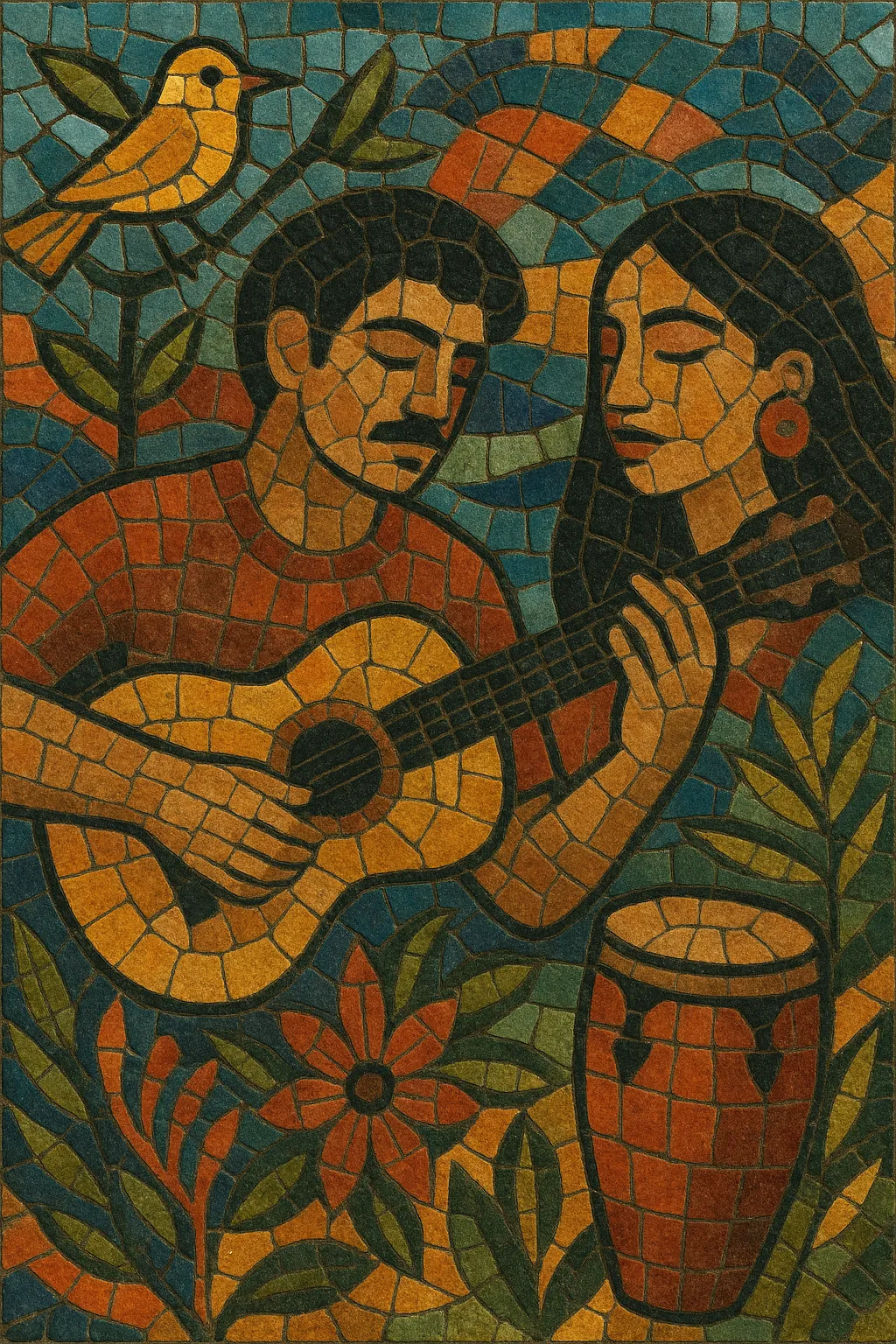Latin indie is a broad umbrella for Spanish- and Portuguese-language independent music scenes across Latin America and the Latin diaspora. It blends the DIY ethos and sonic palettes of global indie rock and indie pop with regional rhythms, folk traditions, and electronic textures.
While stylistically diverse—from jangly guitars and dreamy synth-pop to folktronica and cumbia-inflected grooves—Latin indie is united by an independent production mindset, intimate and poetic lyricism, and a taste for warm, reverb-soaked aesthetics. Artists commonly release through local indie labels or self-release, and they build audiences via blogs, small venues, and festival circuits before reaching wider streaming platforms.
The genre’s identity crystallized in the mid-to-late 2000s, as scenes in Mexico, Argentina, Chile, Colombia, and the U.S. Latinx community cross-pollinated online, eventually becoming a defining contemporary movement in Spanish-language alternative music.
Rock en español and Latin alternative in the 1990s laid the cultural groundwork for independent approaches in Latin America. Bands experimented beyond mainstream rock formulas, and local DIY circuits, college radio, and zines nurtured early alternative tastes.
The term “Latin indie” gained traction in the mid-to-late 2000s alongside music blogs, MySpace, and netlabels. Local labels and hubs—such as Discos Laptra in Argentina (La Plata scene), Quemasucabeza in Chile, and Arts & Crafts México—helped codify a cross-border aesthetic mixing indie rock/pop with synths, folk instrumentation, and electronic production. Festivals like Vive Latino and later Nrmal gave these artists prominent stages.
Throughout the 2010s, Latin indie diversified: Chile’s synth-pop and folktronica (Javiera Mena, Gepe), Argentina’s dreamy guitar bands (Él Mató a un Policía Motorizado), Mexico’s lush indie pop and rock (Hello Seahorse!, Porter, Little Jesus), and Colombia’s electro-tropical hybrids (Bomba Estéreo). U.S. Latinx artists (Helado Negro, Buscabulla, Balún) brought bilingual, diasporic perspectives, further hybridizing the sound.
Editorial playlists and global festivals accelerated discovery, while artists increasingly blended indie songwriting with regional rhythms (cumbia, bolero, dembow), refined bedroom-pop production, and collaborative cross-border projects. The movement now serves as a gateway for international listeners into contemporary Latin American music beyond mainstream reggaeton and pop.


